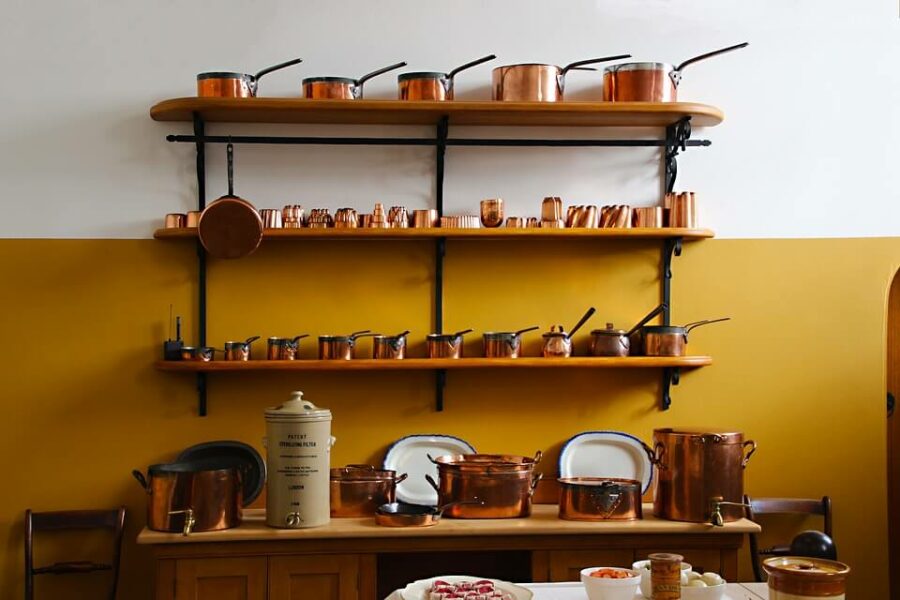Cookwares are specially designed for cooking over a stovetop or range. Anything that can be used for cooking, aside from the tools and utensils for preparation is considered as cookware. They all might look alike, but chefs agree that cookware plays a vital role in the outcome and taste of any dish. Using a Scanpan pot, for example, would create a different meal compared to preparing the exact same ingredients in another type of cookware.
Different Types of Cookware Material
The painful truth is that every kind of cookware has its pros and cons. Much like knives, wherein the Chef’s knife could not cut all, no one cookware could be used to cook everything. Furthermore, certain cooking methods require a particular type of cookware. When sautéing, the temperature changes must be monitored; therefore, a frying pan is used. When braising, the temperature must be contained; therefore, a pot is the ideal cookware for the job.
The most common types of cookware materials are:
Stainless steel – Durable, attractive, and promises that no discolouration or impartation of metallic flavours to the ingredients would occur.
Aluminium – Second-best heat conductor and is inexpensive, but could react with certain acidic foods if not made with the best quality.
Carbon Steel – Limited to specialty pan use such as a skillet or wok because it will rust if not oiled properly.
Copper – The best heat conductor and cools down immediately once removed from a source of heat.
Cast Iron – Poor conductor of heat but is self-regulating in temperature levels which means it is best used as griddles, grill pans or Dutch ovens where the temperature should be strictly controlled.
Non-stick surfaces – The best for easy clean up and promote healthy cooking through the use of minimal oil. Available in two categories of material, namely the classic non-stick material called PTFE (polytetrafluoroethylene) and ceramic cookware.
Clay and Stoneware – The oldest type of cookware but still practical, durable, and produce results with an “old fashioned” touch. Examples include pizza stones, bread pans, and tagine pots.
Cheap vs. Expensive Cookware
With all the different types of cookware available plus the price range that they are sold at, it might not be very clear to someone who wants a pan to cook simple meals in. Aside from the numerous materials that cookware is created with, which is very true with a Scanpan, they are also designed and coated via different means, which affects the overall price and quality of the product.
A stainless steel pan, for example, is created with different layers during construction. An aluminium core is placed in between multiple layers to achieve optimal cooking results. Meanwhile, non-stick cookware is coated with a smoother and scratch-resistant material, which would immediately make it more expensive.
A comparison could also be made with the hardware installed in the cookware, such as the handles or screws. The more high-end brands offer pots and pans with sturdier handles and lids that fit perfectly.
At the end of the day, the choice is left to user preference. Others buy more expensive cookware as an investment because it will serve them for years, and they get to enjoy the easy cooking and cleaning throughout. Others, on the other hand, use their experience and skill to get the same output with a cheaper version. There are many pots and Scanpans in the market that are lighter on the pocket but would surprise the user because it works as well as a non-stick pan.
